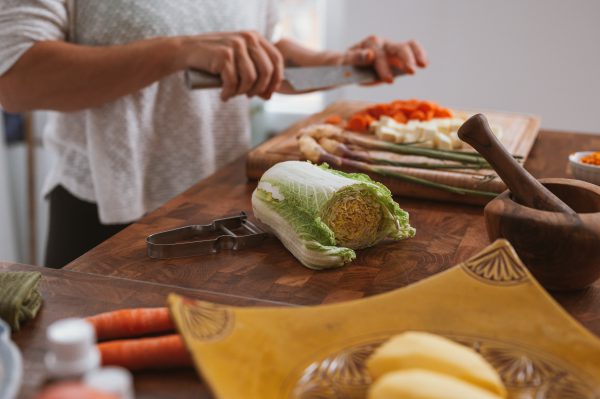Last Updated on February 07, 2023
In case you haven’t noticed, mortar and pestle sets are a huge trend among celebrity chefs on television and the internet. But what’s the big fuss about them? And why sweat over a rock bowl like a caveman while you can cram all the ingredients in an electric processor, push one button, and watch everything spiral into a homogenous paste?
The answer, as always, lies in the taste. Here, we’ll discuss the differences between electric processors and mortar and pestle sets and tell you when to use them.
The Battle Between Traditional Wisdom and Modern Invention
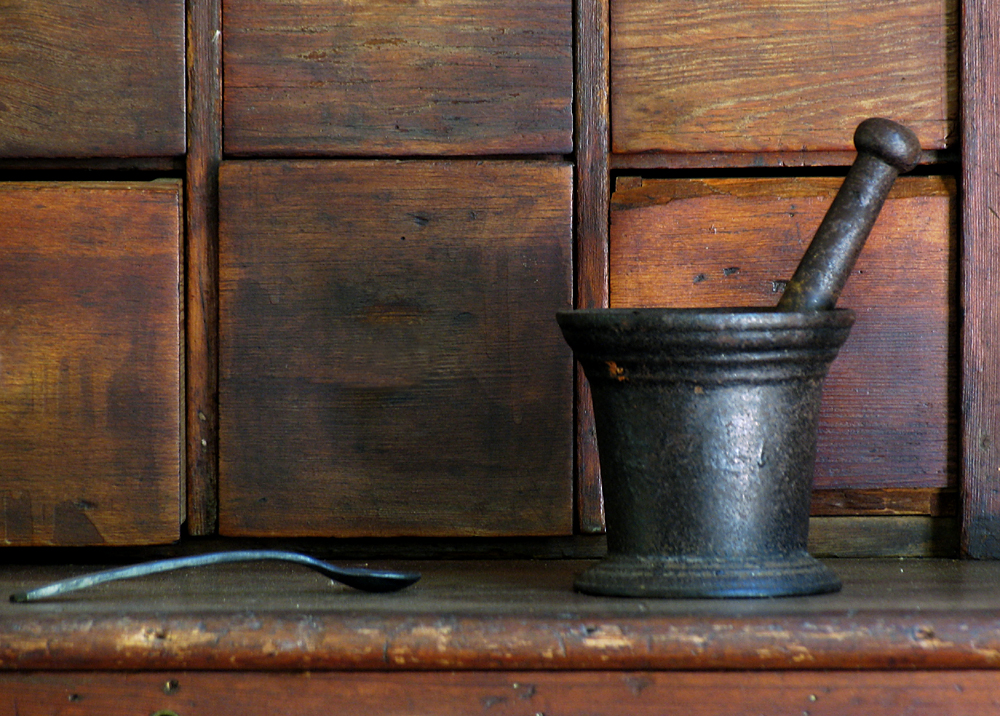
The mortar and pestle set’s history goes back to 35,000 BC in Southwest Asia. That’s the oldest mortar and pestle evidence we have in history. We also know that the tool has been used everywhere in the world throughout history for culinary, medicinal, and artisanal practices.
For example, Thai people have granite mortar and pestle sets, the Aztecs have the molcajete, the Japanese use half-glazed mortars called suribachi with wooden pestles called surikogi, and the Italians are fond of their marble sets.
Nowadays, we have the technology to bring any ingredient mix into a paste in just a few seconds. You can blend down huge batches of soups, sauces, and dressings only by pressing a button.
Electric processors make these tasks magically easier — and sometimes make impossible tasks possible — especially when dealing with a big portion. But should you reach for your processor everytime you want to blend something?
Mortar and pestles have been used so much that the word pesto actually comes from pestle. And not only Italian dishes, too; recipes like Thai curry pastes, muhammara from North Africa, all the Mexican salsas and guacamole, Lebanese hummus, and Argentinian chimichurri are all traditionally made with a mortar and pestle.
Slicing vs. Crushing
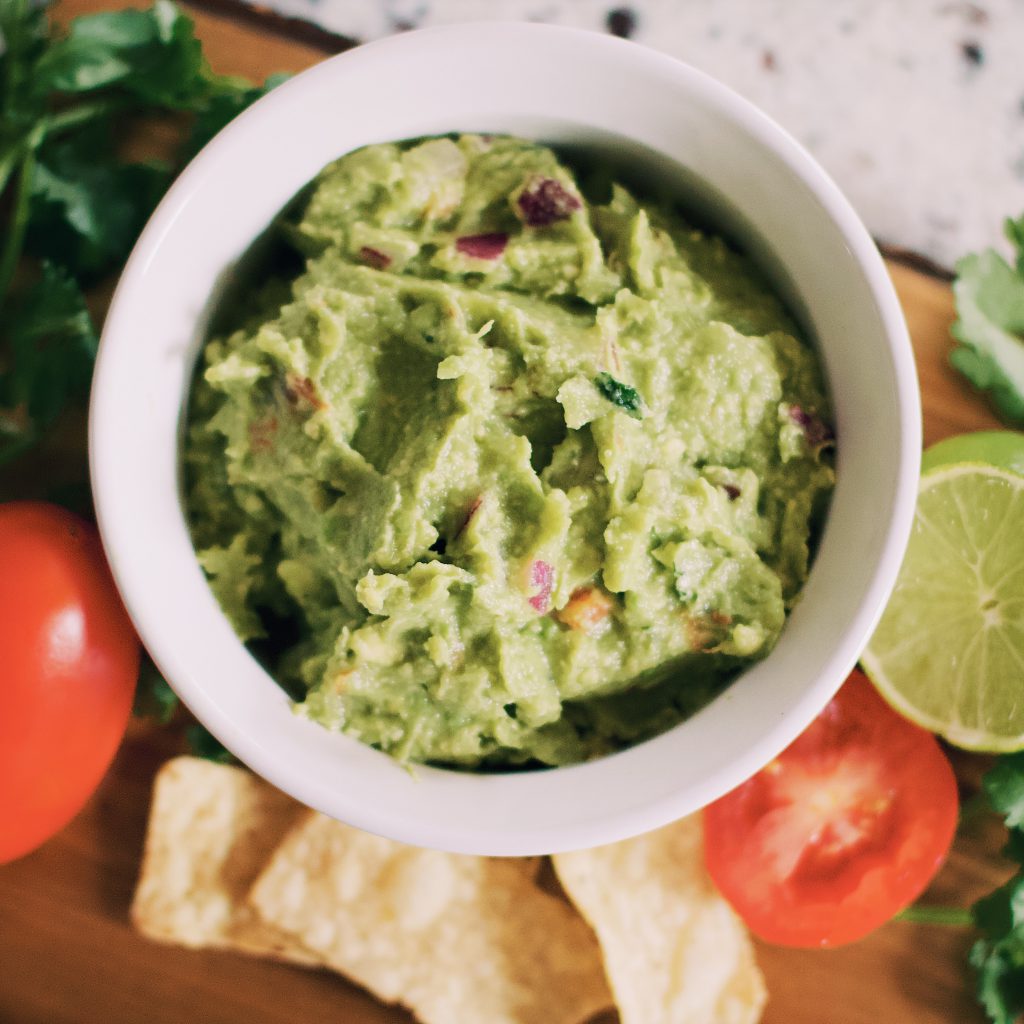
The main difference between an electric processor, or a hand blender, and a mortar and pestle lies in their working principle. A processor has sharp blades that spin around at a very high speed, chopping everything into small pieces. On the other hand, a set of mortar and pestle simply crushes the ingredients.
Texture and Consistency
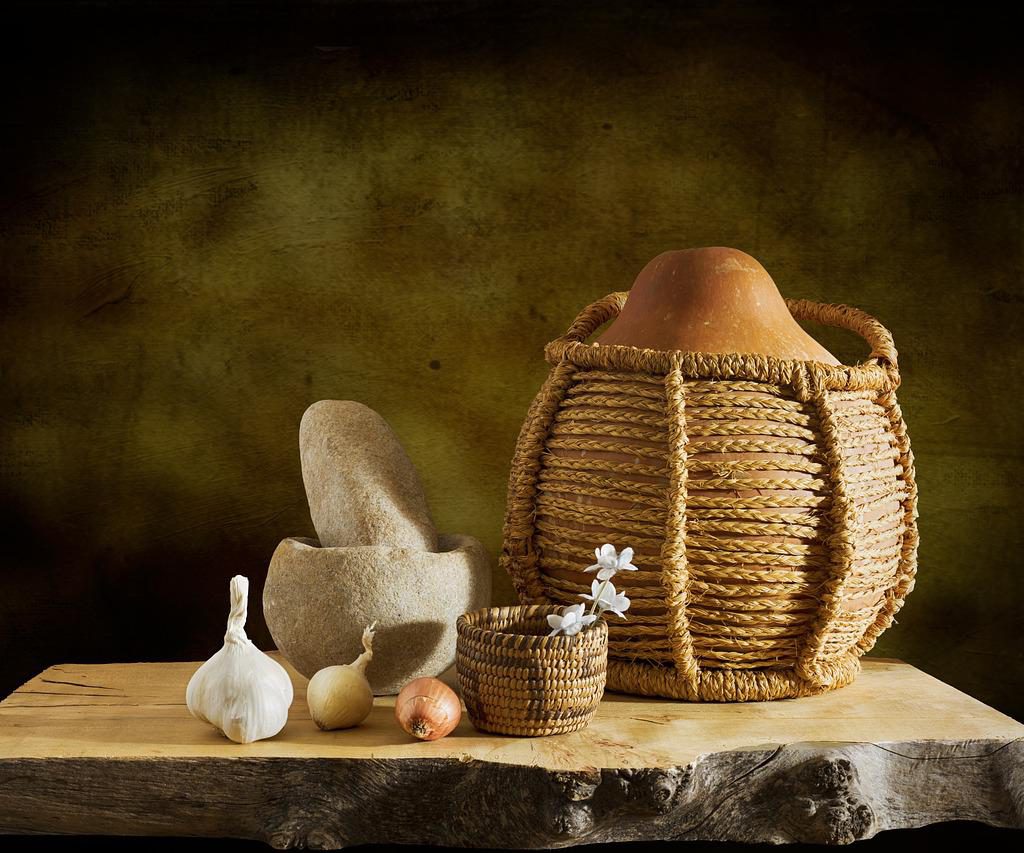
A good processor can bring everything down into a smooth mixture in a couple of minutes. So, if you want chunks in your puree, but you’re using soft ingredients like avocados, mangos, or tahini, you can forget about them when using a processor.
Crushing or grinding somehow melts the food particles together while blending chops everything down. That’s why making a creamy, fine paste with a mortar and pestle is easier, and any curry paste made in a mortar has a more satisfying consistency than one made using a processor.
A mortar and a pestle give you complete control over the ingredients and texture since you’re the one applying the force, not a set of blades spinning like the Tasmanian Devil that can never give you the rich texture of a pesto sauce.
Plus, a textured sauce combines better with other things. So when you add your mortar-and-pestle-made pesto to your pasta, it won’t run down to the bottom of the plate.
Aroma

The blending method also makes a huge difference in the aroma that comes out of the ingredients. Most spices, herbs, and vegetables have essential oils in some of their cell structures that come out when you grind them — and mix them with other oils in your paste, such as olive oil or coconut oil. The action of grinding and bashing with a pestle bursts those cells open and emulsifies the other ingredients, giving you more complex flavors in your recipes.
On the other hand, electric processors don’t apply force on the cell walls, at least not on a grand scale. They simply cut through whatever comes their way, giving you some aroma and flavor, but, overall, waste their full potential.
This is also the reason making the best of spices goes through a mortar and pestle. A spice mix freshly ground in a mortar smells and tastes much more potent than pre-ground spices.
Another thing that makes a paste made with a mortar and pestle taste better is the aroma that comes from the stone itself. No, stone doesn’t have an aroma on its own, but mortar and pestles made of natural stones like KROK need to be cured and seasoned before use.
This way, you get rid of the excess stone particles and add some aromatic scents using garlic and spices, which linger on the tool even after you clean it. Plus, the scent of the mixtures you prepare also sticks to the stone since you should always clean the set gently, with warm water, avoiding aggressive chemicals or a dishwasher.
Heat
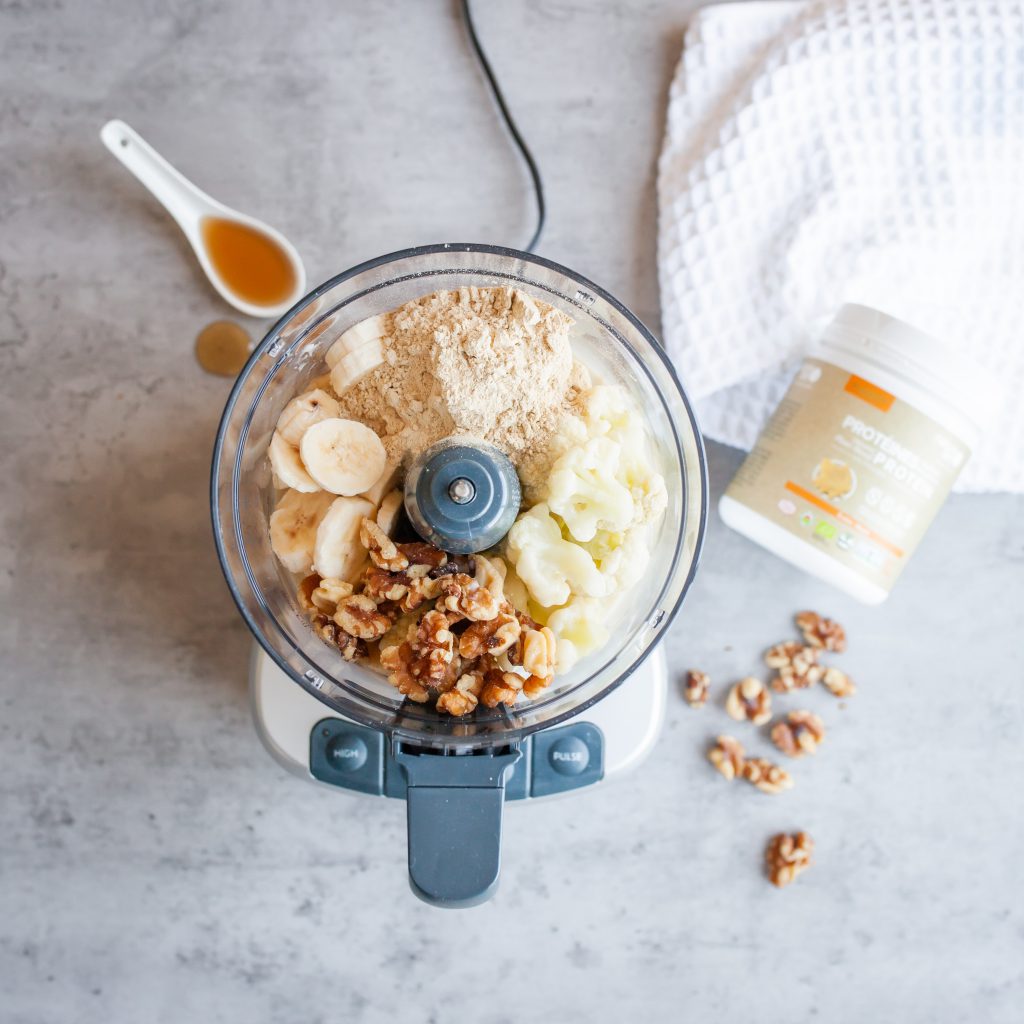
Because a processor or a blender spins at high speeds, it typically heats up your ingredients as well. And the essential oils we just talked about contain highly volatile molecules, meaning they react quickly when they come in contact with light, air, and heat.
Although you can’t really control the first two, some recipes call for adding ice to the mixture to keep the aroma molecules from disappearing due to the rising temperature in the processor. But if you can’t afford to dilute your recipe down with water, your best option is grinding the ingredients manually between two stones.
When to Use Which?
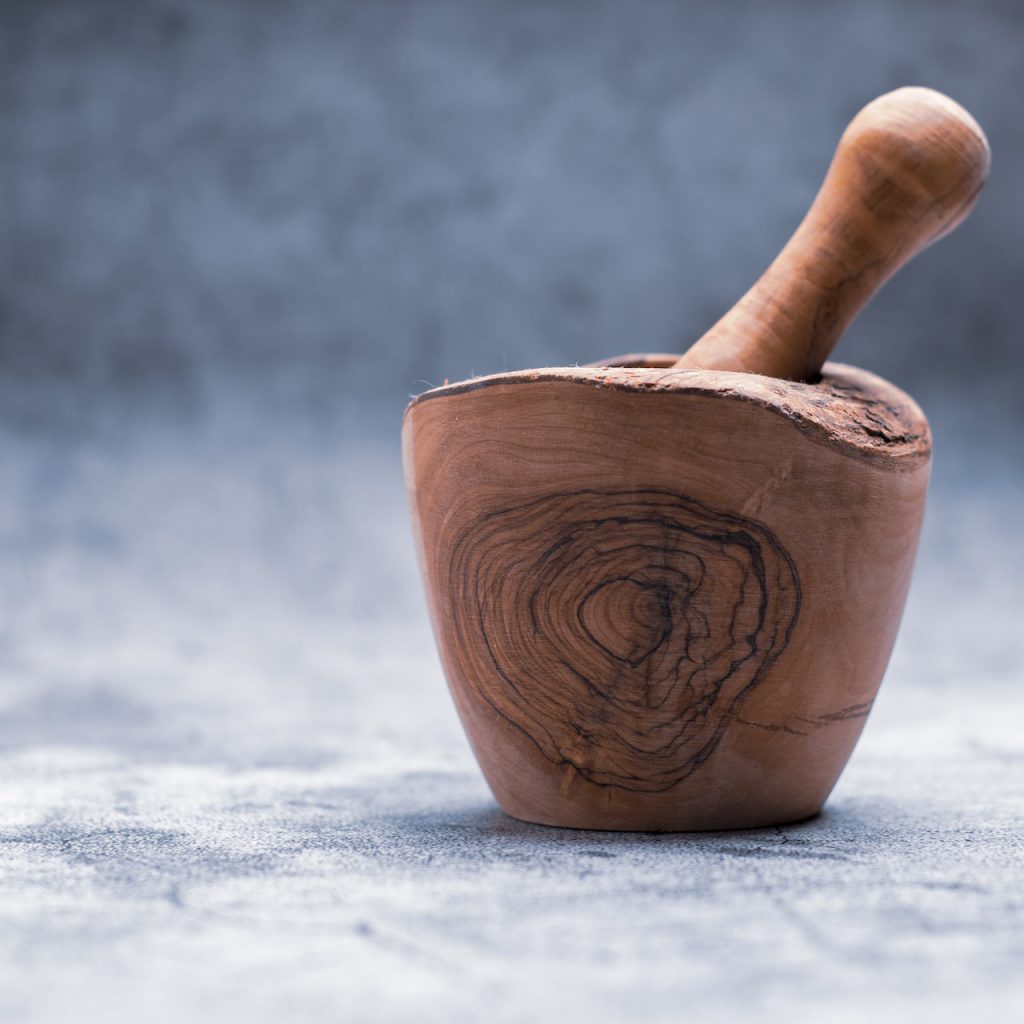
Now let’s talk about when to use which of these tools. A processor is a very handy piece of equipment, and there’s no reason to discard it just because it’s not the best way to make a batch of paste.
Even though a set of mortar and pestle creates a mushy glory in the end, there are times you can’t really go for it, such as when you want to smooth down a pot of vegetable soup or make a smoothie or plant-based milk or want to cook for a crowd and are short of time to do it manually. Those times definitely call for a modern-day device, like an immersion blender or an electric processor.
On the other hand, a set of mortar and pestle is irreplaceable when you want to grind aromatics, spices, herbs, or nuts for your soups and stews or sauces. For example, you can grind fresh basil for your tomato sauce or quickly crush some garlic to add to your marinade. This way, you don’t end up bashing a whole dish in a mortar but only a little portion to add more aromatics, making the best of both worlds.
Mortar and Pestle Uses

A mortar and pestle is a versatile tool in the kitchen that can be used to grind dry ingredients as well as wet. You can easily create flavorful oils, sauces, spice mixes, and pastes with a good mortar and pestle set.
Condiments and Herbaceous Oils
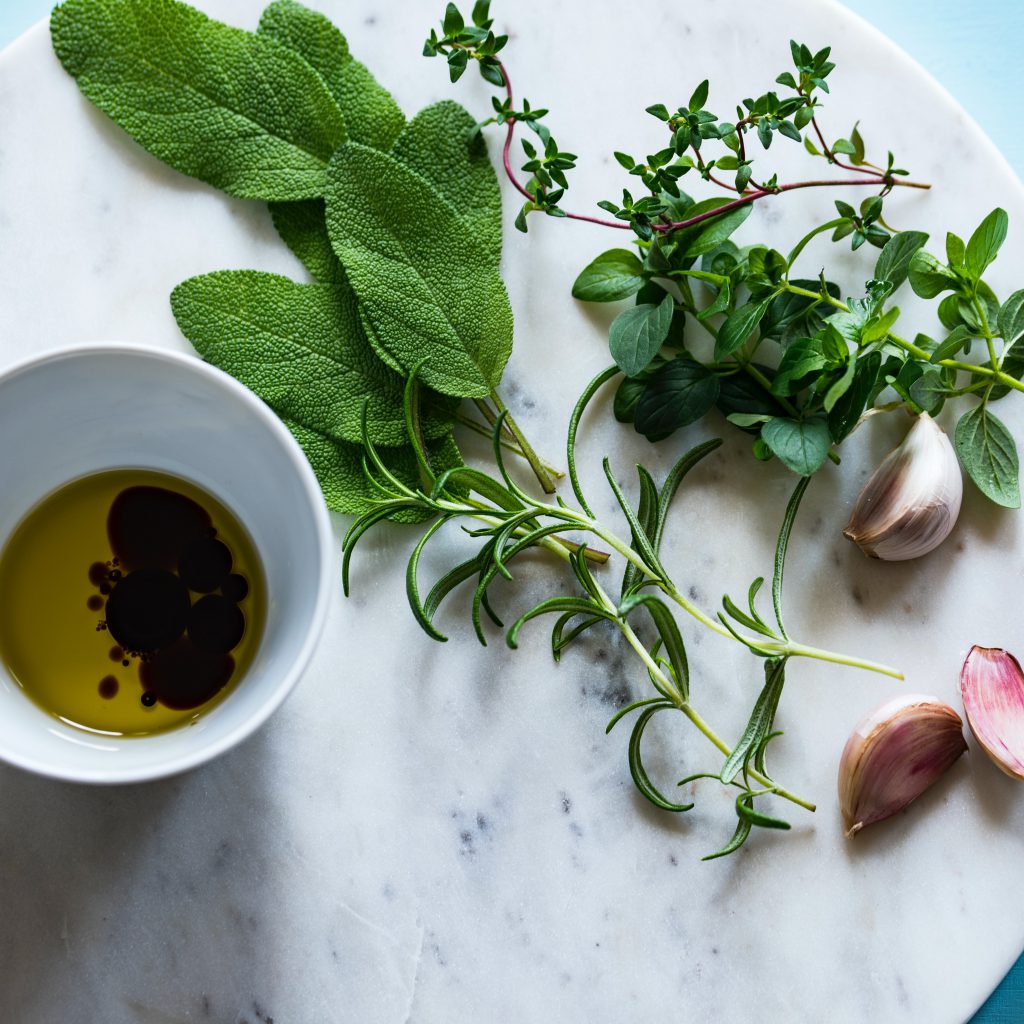
Grinding herbs in a mortar is a much better way to bring up flavor than just finely chopping them. To make a quick herbaceous olive oil, simply gather fresh herbs of your choice (such as basil, thyme, or rosemary) and add them to the mortar, along with a pinch of salt, pepper, and some olive oil. Crush everything together with the pestle until you have a smooth, fragrant oil.
The herbaceous olive oil will stay fresh for at least a few weeks and can be used to enhance the flavor of dishes like stews, soups, salads, or steaks. Use it in your dishes or add in some lemon juice or vinegar in there to make a salad dressing.
Alternatively, you can crush some parsley, add garlic cloves, extra virgin olive oil, red wine vinegar, lemon juice, and a pinch of salt and pepper. Grind everything until you have a flavorful and tangy sauce. Congratulations! You just made yourself a condiment bursting with flavors, following your own recipe too. You can use it to rub raw meat before grilling, add a dash of color to soups, or brighten up your salads.
And last — but not least — you can make herbaceous compound butter by grinding your favorite fresh herbs and mixing it with some butter. It smells amazing and works wonders on toasts.
Italian Pesto
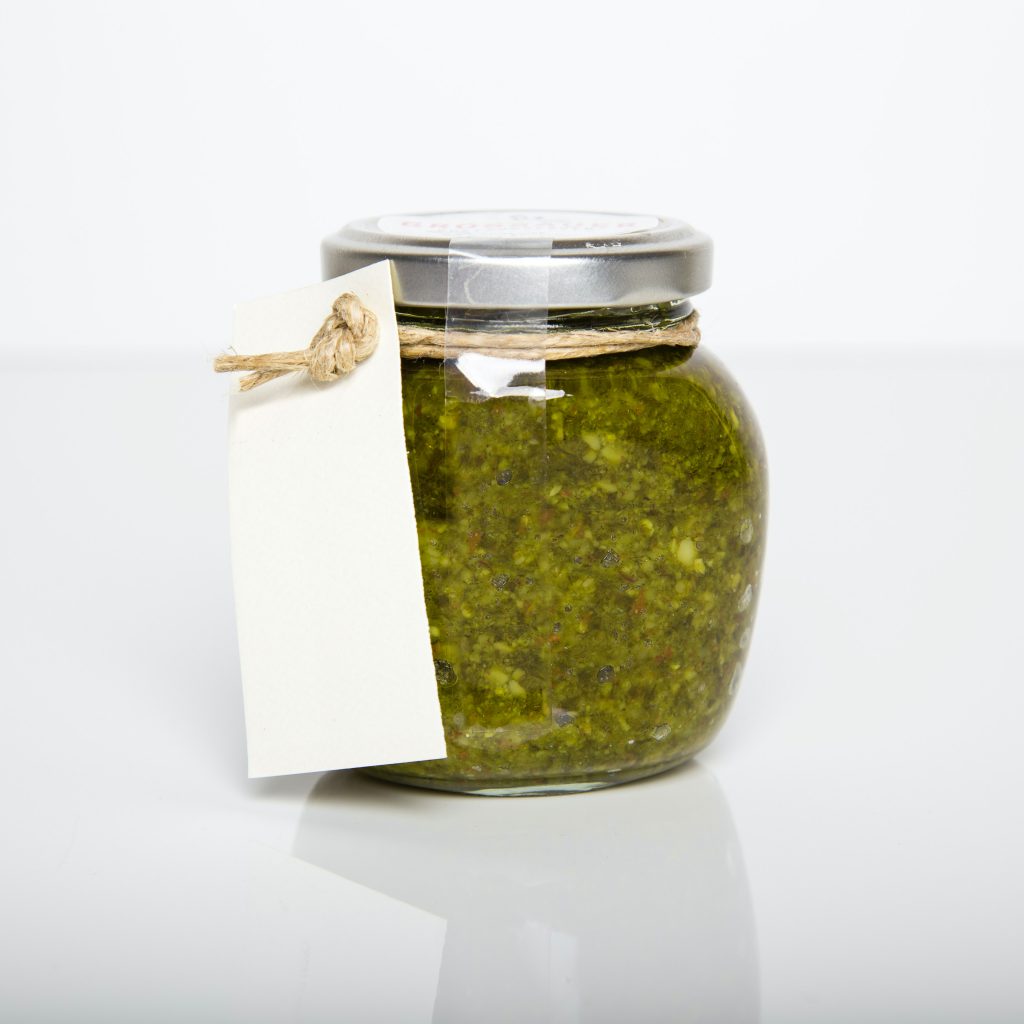
If it’s the basil season and you have fresh basil on hand, you can also use the mortar and pestle to make a classic pesto a la Genovese. Simply add fresh basil leaves, pine nuts, grated parmesan cheese, garlic, olive oil, and a pinch of salt to the mortar and crush everything together until you have a smooth, flavorful sauce.
You can also use your own ingredients to make any kind of pesto. Replace the pine nuts with some other nut, garlic with another aromatic like ginger, olive oil with an aromatic cooking oil you like, and basil with another ingredient, such as sundried cherry tomatoes, kale, or even asparagus, to make an authentic pesto.
Spice Blends
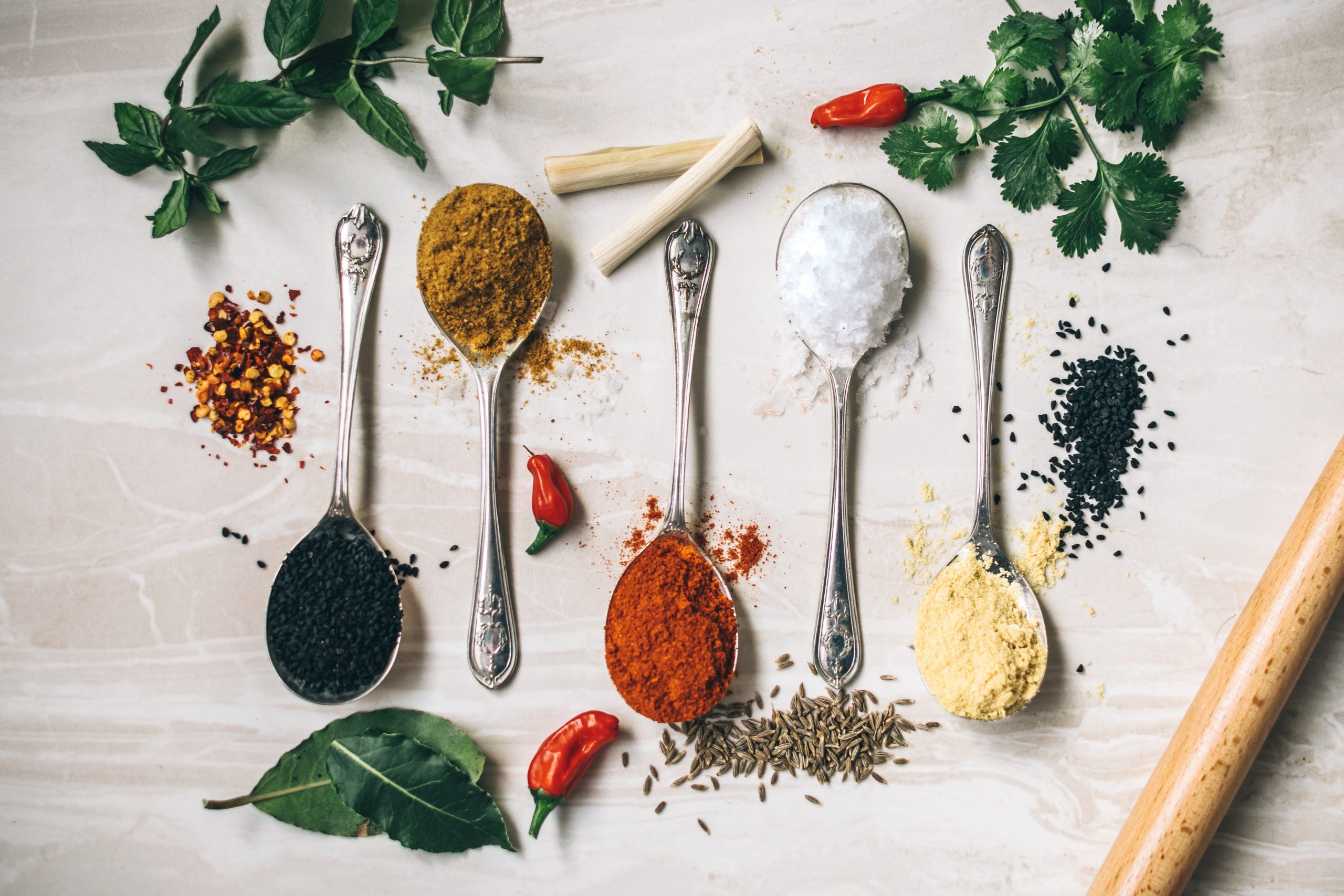
Whole spices preserve their precious aroma molecules much better than their pre-ground counterparts. You can find them at the grocery stores too, but a spice store will have fresher spices with more options. Once you get them, simply grind a handful in a mortar and pestle and let the powerful fragrances rising from the bowl mesmerize you while doing so.
You can also use a spice grinder, but you should know that your own mortar excels at grinding spices. Plus, a mortar and pestle lets you grind some spices like nutmeg, cinnamon, and peppermint that you can’t grind with a grinder.
Add cumin, coriander, cloves, saffron threads, or whatever spices you like, and make a powder out of them. Mix in some dried garlic too if you fancy the tangy garlic taste. This will enhance the aroma and flavor of your dishes much better than pre-made spices or mixes. Add assorted nuts or dried vegetables to your spice blend for even more flavor. You can mix your creations with some ground coarse salt to make flavored salt.
Food Processor Uses

Silky Soups
A food processor can puree ingredients to a smooth consistency, creating a velvety texture you can’t obtain without technology. The blades in the processor chop ingredients uniformly, and the motor crushes even hard ingredients like root vegetables. By breaking down fibers and dissolving any chunks, a food processor can give you a silky homogenous soup.
Pesto in Huge Batches
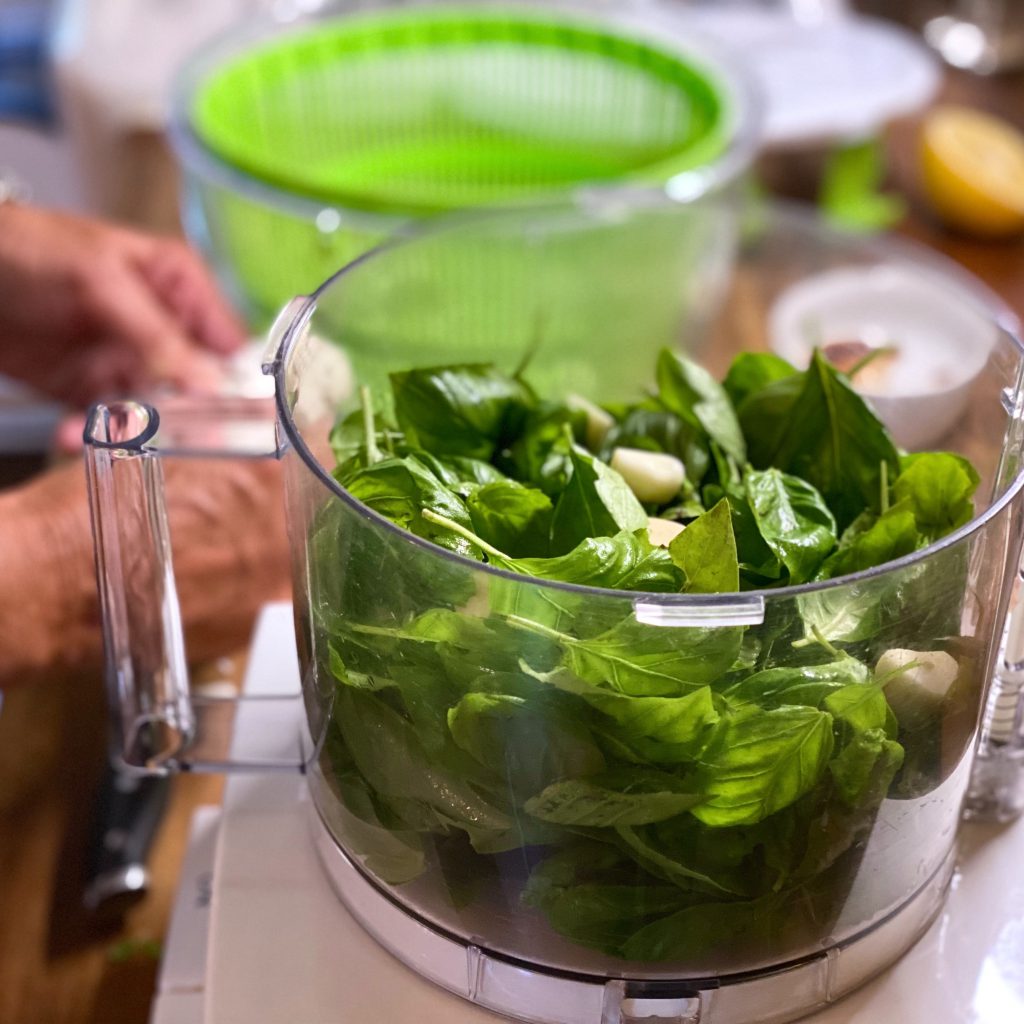
If you’re hosting a big family gathering or simply want to have a stash of pesto in your freezer, a food processor is your best bet. Simply toss everything in it and let the machine do the work. The blades chop and grind the ingredients to a smooth consistency, resulting in perfectly blended pesto. It won’t be as good as the one you make with a stone mortar and pestle, but it’ll be good enough and will be done in a fraction of the time.
Shredded Salads
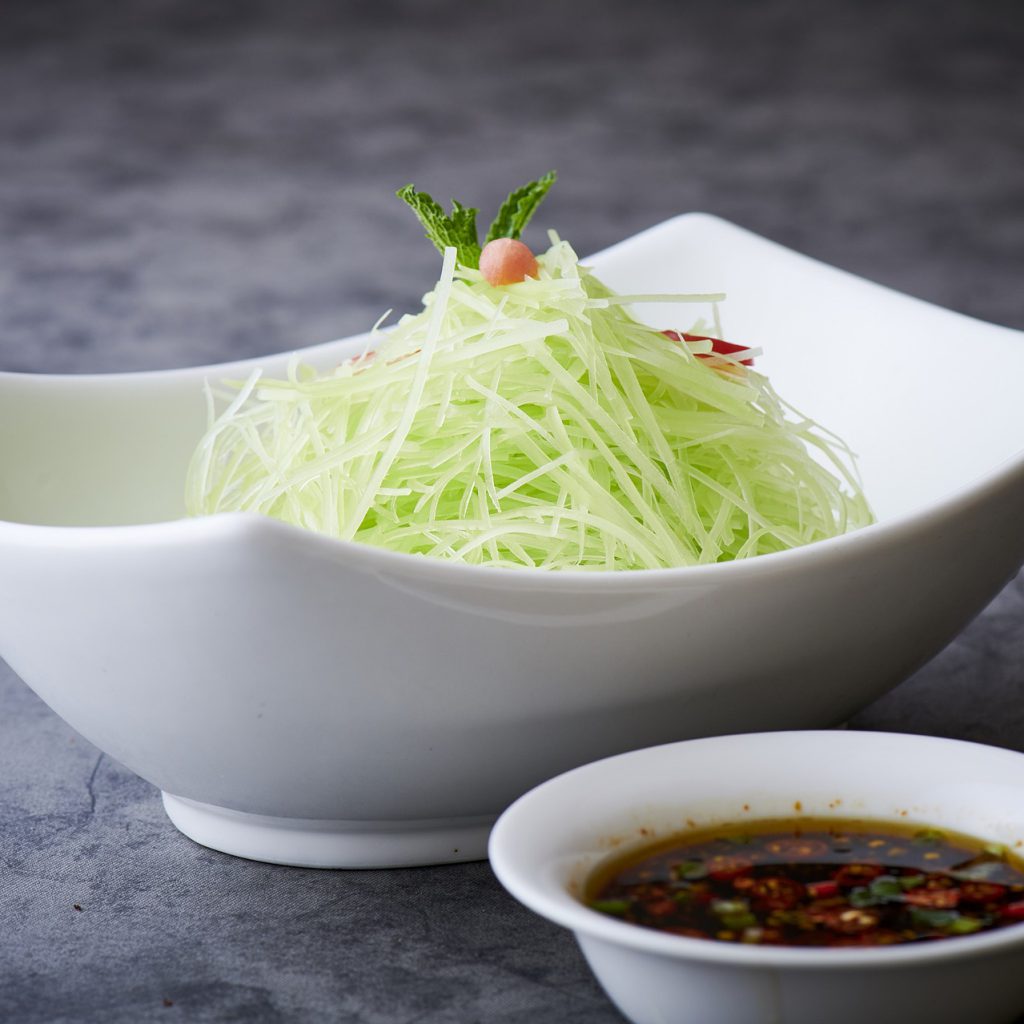
Making shredded salads with a food processor is like having a personal sous chef in your kitchen. It saves you from the hassle and frustration of manually shredding hard beetroots, cabbage, carrots, and even fruit into perfectly shredded pieces in just seconds.
Over and Out!
Now you know what’s so special about this stone-age kitchen tool and why it’s still relevant in the present day. Once you get used to pounding with a set of mortar and pestle, no salsa, curry paste, or spice blend that you prepare will ever be the same.
And if you don’t already have a set of this culinary luminary, picking the best one might be a hustle. Some mortars are big, hefty, and let you grind your ingredients in a big batch, while others are more compact as a small bowl is more suitable for small tasks like crushing garlic real quick.
Head to our How to Choose the Best Mortar and Pestle in 2022 article to learn everything about them before you equip yourself with a pair.






